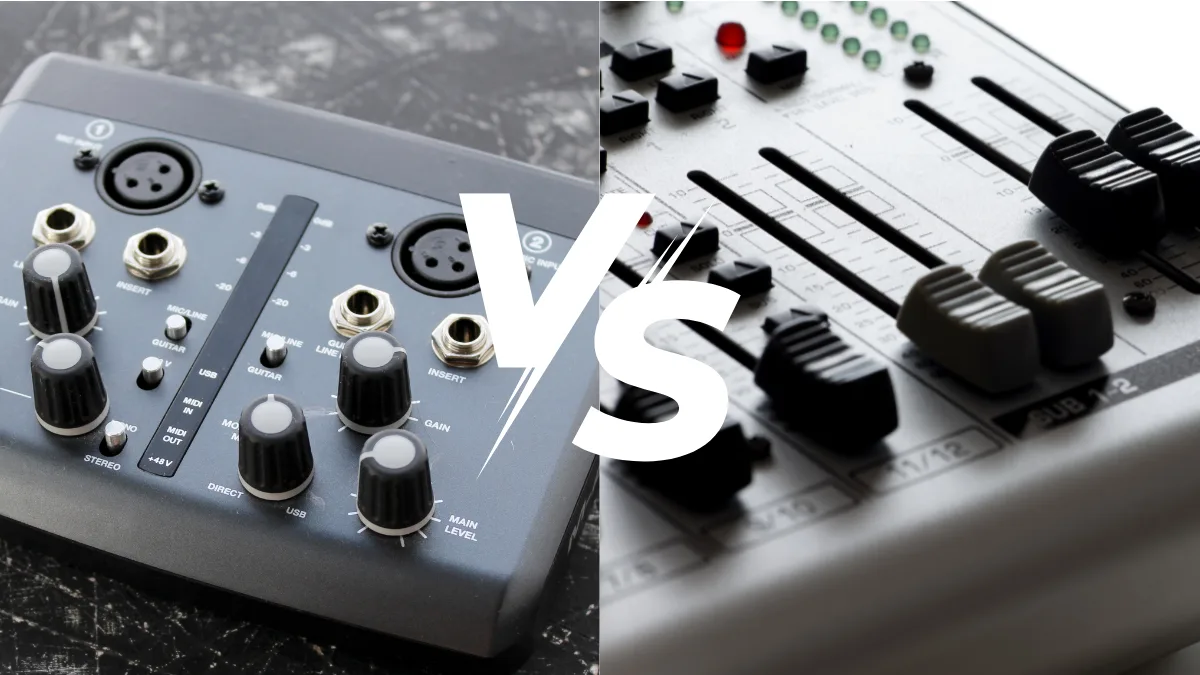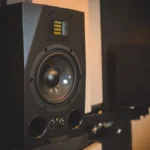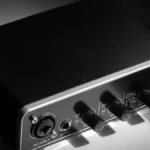Audio interfaces and mixers are important tools that often play a role in the field of audio production and sound reinforcement. Although both handle audio signals, audio interface vs mixers have significantly different core functions and audio applications.
Understanding the difference between an audio interface vs mixer is essential for those of you looking to record music, produce audio, or manage sound for live events.
This article will examine the basic properties of each device, highlighting their primary roles and key differences of audio interface vs mixer to help you distinguish which tool best suits your specific audio needs.
Also Read
Table of Contents
What is an Audio Interface?
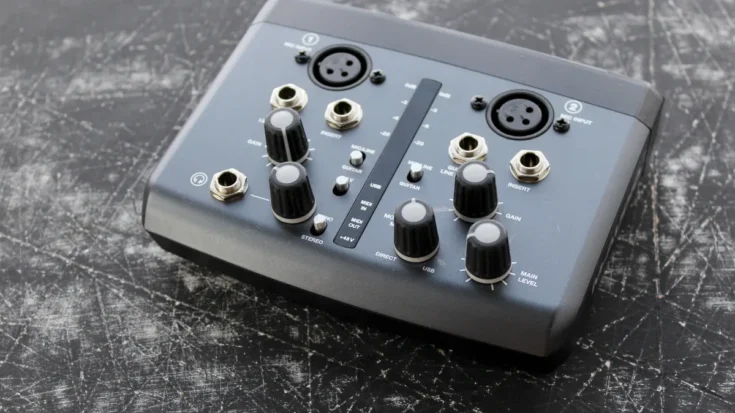
An audio interface is a device that connects a musical instrument, microphone, or other audio source to a computer. Audio interfaces serve as a bridge between the analog and digital audio worlds. It allows you to record, playback, and process sound with your computer.
What is a Mixer?
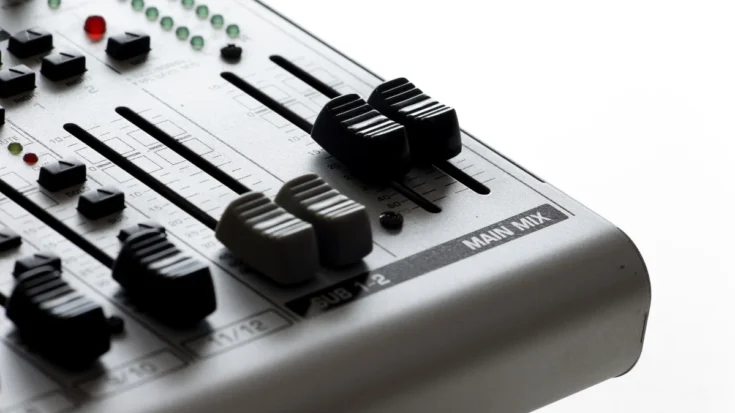
An audio mixer is an electronic hardware device that combines (mixing) and processes (processing) various audio signal inputs, ranging from microphones to musical instruments, into a coherent audio output.
Important features of a mixer include individual volume control, frequency adjustment (equalizer), and sound positioning in stereo space (panning) for each sound source before it is combined into one.
The Differences between Audio Interface vs Mixer
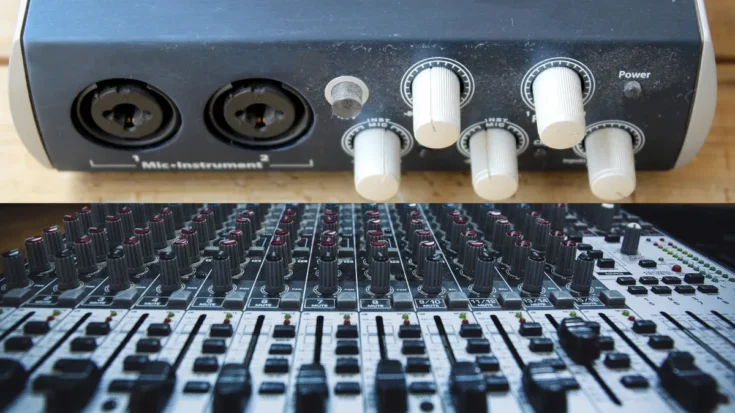
The main difference between an audio interface vs a mixer lies in its primary function. An audio interface serves to transmit audio signals between analog audio devices and digital devices. Meanwhile, a mixer serves to mix and control audio signals from various sources. Here are some other aspects that differentiate audio interfaces and mixers:
1. Main function
Audio Interface: Converts analog signals to digital (and vice versa), enabling audio recording and playback to and from a computer.
Mixer: Combines, organizes, and directs audio signals from various sources.
2. Application
Audio Interface: Studio recording, audio editing, music production, and digital audio playback.
Mixers: Live events, broadcasts, recording studios (for audio mixing before recording), and sound reinforcement.
3. Dependencies
Audio Interface: often used with DAW software
Mixer: More often used standalone or as part of a larger audio system.
4. Features
Audio Interface: Audio preamps, input/output connectors, analog-digital conversion, gain control, and often have additional features such as phantom power for condenser microphones.
Mixer: Faders to control volume, equalizer to adjust tone, aux send/return to send signals to effects, and often has features such as phantom power and gain control.
That’s the difference between audio interface vs mixer that can be your consideration in choosing according to your personal needs.
If you want to record, the audio interface is a good choice that can make you convert analog signals to digital. However, combines, organizes, and directs audio signals from various sources, just choose a mixer.

